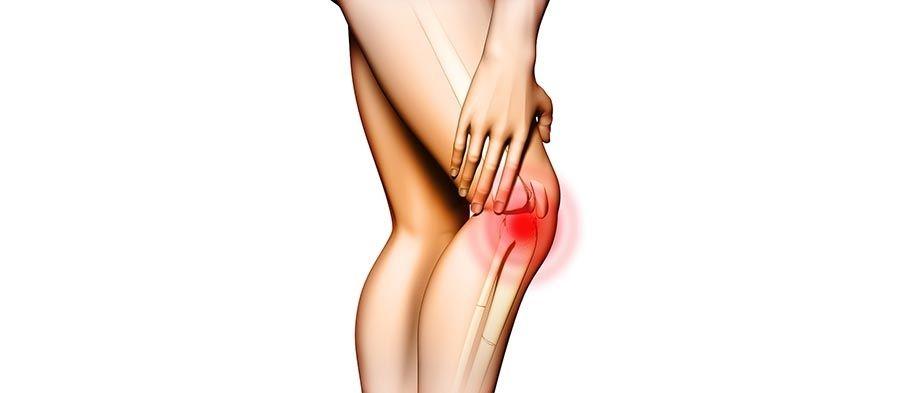Obesity, genetics, biological and environmental factors as well as increased usage can make someone more prone to developing knee osteoarthritis. Using shoe inserts is a fairly common treatment for knee pain because it's not invasive and it's fairly inexpensive.
Researchers reviewed 12 studies that included a total of 885 participants, 502 who received lateral wedge insoles for the treatment of knee pain.
"We don't seem to see a difference in pain when using a lateral wedge compared to a flat wedge," said lead study author Matthew Parkes. Parkes, who is also a statistician at the University of Manchester, noted that although using the lateral wedge seems like an attractive treatment because it's not invasive -- and pretty cheap -- the data doesn't support an average overall effect.
Approximately 6% of people in the United States aged 13 and older experience medial knee osteoarthritis, with 12 to 13% of those 6% age 60 and older, says Dr. David Felson, senior study author and professor of medicine at the University of Manchester. He adds 60 to 70% of the 6% have medial disease and would normally be treated by the lateral wedge analyzed in the study.
"It doesn't necessarily mean putting something in your shoes won't work, it just means that these particular ones that are very common and popular are not effective," says Felson. "I personally would discourage patients from using this, but if they said to me I really want to try this, it's easy to use and it's cheap, then I would say go ahead."
"I think that it's a very well-done study," says Dr. Nicholas Fletcher, assistant professor of orthopedic surgery at Emory University, who was not involved in the research. "By putting something in the shoe, it seems patients did better but not statistically better... This study suggests a standard insole should help as much as anything.
Bottom line: "The use of a lateral wedge is not likely to be anymore beneficial than a standard insole would be if you have medial knee osteoarthritis, knee pain," Fletcher says.
